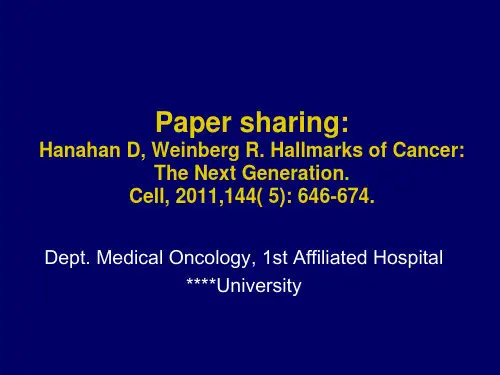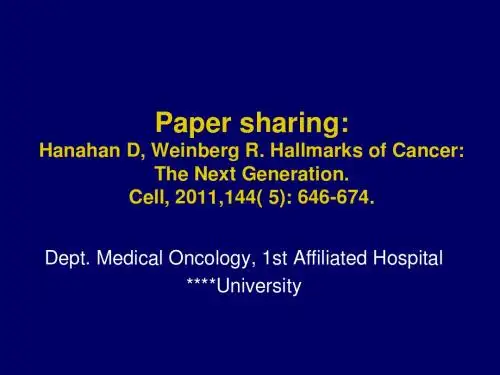• Cancer cells can produce growth factor ligands • Send signals to stimulate normal cells within the supporting tumor-associated stroma
• Elevating the levels of receptor proteins displayed at the cancer cell surface • Structural alterations in the receptor molecules • Somatic mutations activate additional downstream pathways. EGFR mutation in NSCLC, B-Raf mutation in melanoma.
• TP53 induces in response to substantial levels of DNA breaks and other chromosomal abnormalities. • insufficient survival factor signaling , interleukin-3, IGF-1 • Hyperactive signaling by certain oncoproteins, such as Myc
• Apoptosis is attenuated in those tumors that succeed in progressing to states of highgrade malignancy and resistance to therapy
• The apoptotic machinery is composed of both upstream regulators and downstream effector components • The regulators are divided into two major circuits, one receiving and processing extracellular death-inducing signals (the extrinsic apoptotic program, for example the Fas ligand/Fas receptor)










